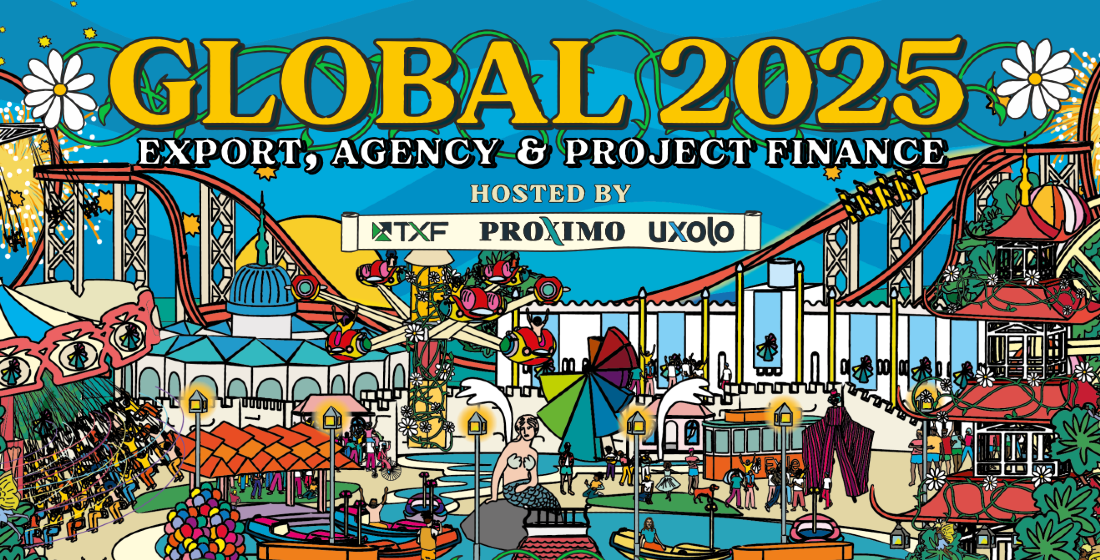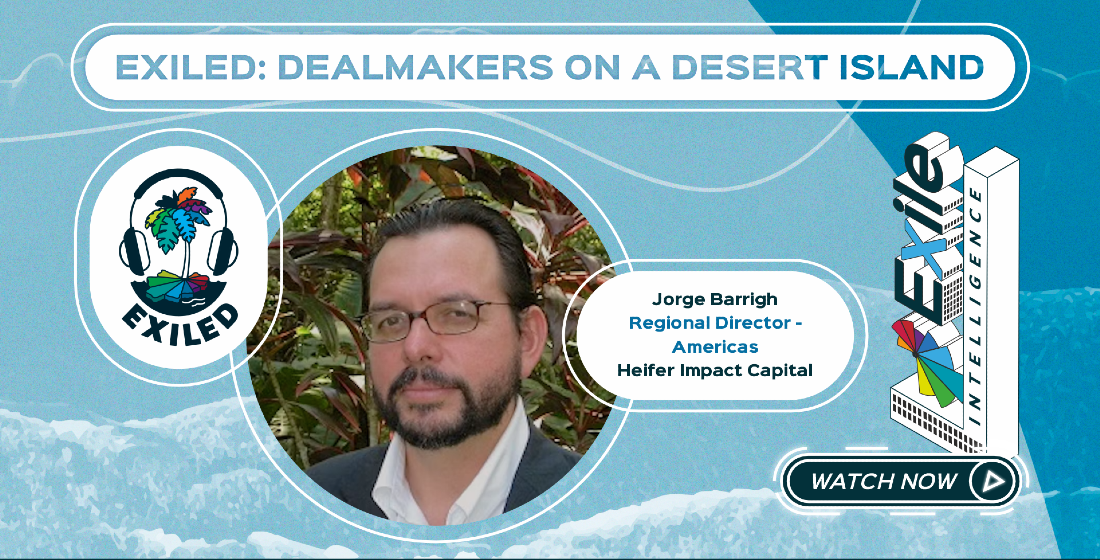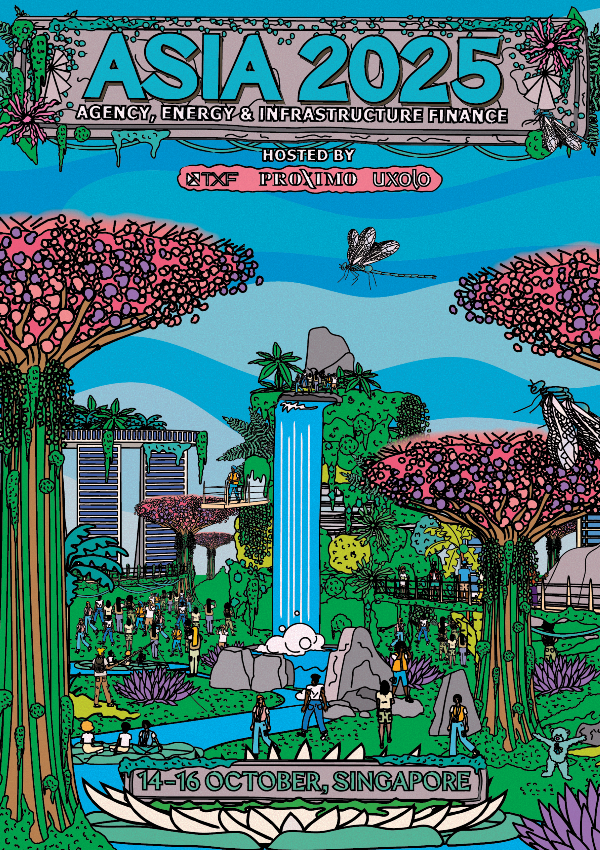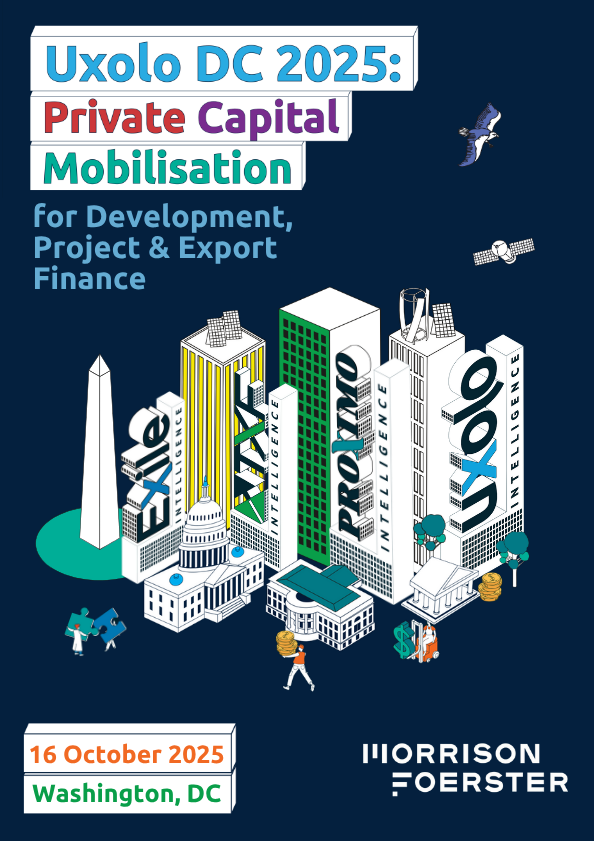Size matters
Africa is awash with under-capitalised national DFIs. Would consolidation make the sector more impactful in terms of balance sheet leverage, de-risking and cost of debt? And more significantly, would it help attract more debt from the global markets for the infrastructure projects the region needs to boost wider economic development?
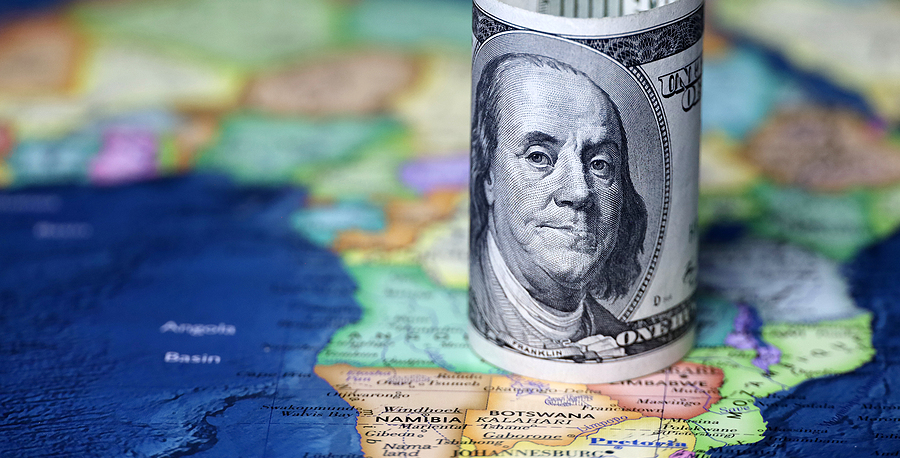
In June the newly established state-owned Development Bank of Ghana (DBG) received nearly $800 million in funding – $250 million of equity from the government, a $40 million AfDB grant, a $200 million loan from the World Bank, a €170 million loan from the EIB and a €46.5 million subordinated loan from KfW – and opened its doors for business. Led by CEO Kwamina Duker, DBG will focus on catalysing SME growth in Ghana by providing support – guarantees and loans – to commercial lenders to enable them to on-lend at more affordable rates (the current interest rate available from commercial lenders in Ghana is around 22-25%, and the Central Bank may have to put up interest rates further to combat rising inflation).
Capitalisation is key
The new bank is not the first attempt at a development bank in Ghana, but past entities were either eventually forced to transform into state-owned commercial banks (the Agricultural Development Bank and National Investment Bank) or failed completely (the Bank for Housing and Construction).
There is no question there is a significant role for DBG to play in Ghana. The bank plans to increase the proportion of loans available for small businesses from 9% to 15% between now and 2024, and initial disbursements of around $600 million over the next two years will be via CalBank, Consolidated Bank Ghana, Fidelity Bank of Ghana and Ghana Commercial Bank. Tenors on offer will run from three to 15 years, a significant improvement on the commercial bank sector where just 15% of loans currently have a five-year-plus tenor.
The bank’s mandate and ambition are sound, but $600 million is not going to catalyse an SME explosion in Ghana. DBG, in conjunction with its current funding partners, has plans to grow its funding base from DFIs and, at a later stage, from commercial lenders. However, the latter ambition may prove difficult without significant callable capital to leverage.
DBG will very likely be a success – the bank’s structure is based on the KfW model and its CEO is a highly experienced banker and investor. But given the economic backdrop in Ghana, will it be able to generate enough funding to have a sufficient impact to make lasting change and expansion in SME finance and growth? Certainly not without more funding.
Is consolidation the answer?
There has been a longstanding argument that a regional rather than national approach to development banks in Africa would consolidate what financial strength the continent has into entities with considerably more economic clout and ability to fundraise on their own account. The stats speak for themselves: Europe has 44 countries and 16 national DFIs. Africa has 54 countries and 86 national development banks. Combined, Africa’s national and multilateral DFIs account for only 1% of the assets owned by development banks worldwide, and a significant chunk of that 1% is accounted for by the AfDB, Afreximbank and national development banks in South Africa, Egypt and Morocco.
Consolidation and the consequent scaling up of African development banks would generate cost efficiencies in terms of operations (less duplication of effort) improve governance and development capacity, and most significantly create better capitalised entities, with more financial clout to lend and leverage their own balance sheets – in short, cheaper cost of debt.
National politics does not always make such combined entities possible, but there are examples. AfDB, which has African states totalling 60% of its shareholders, is a great success in terms of cooperation and impact, and if it can be done across the continent surely it can also be done at the regional or even sub-regional level.
Cross-shareholding between states with more and less developed banking sectors would also improve development finance expertise across the region and the ability of those banks to de-risk transactions. And it is political and local currency risk that are the biggest hurdle to attracting more finance from global markets, certainly for the big-ticket infrastructure projects that the continent needs to fuel wider economic growth. When it comes to DFIs, a few punch above their weight, FMO for example, but as a general rule bigger is better – something the UK is finding out since its establishment of UKIB to partially replace the role of the EIB post Brexit.


